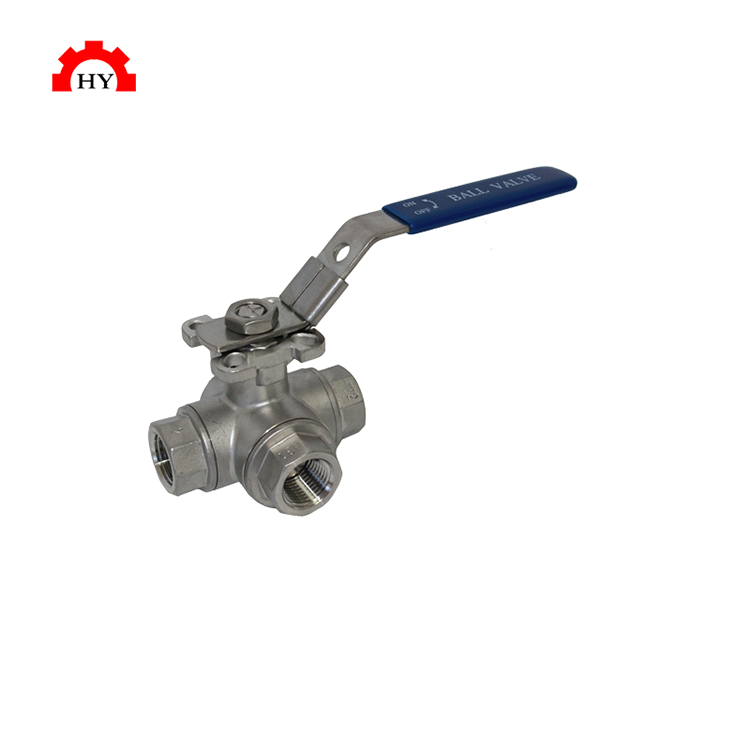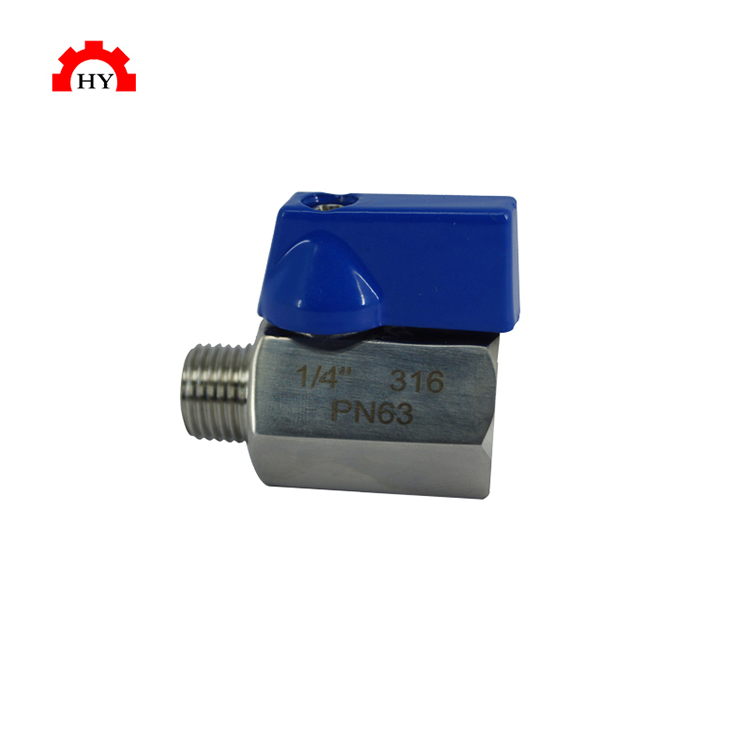How to Maintain a Female Thread Ball Valve?
Female thread ball valves are widely used in various industrial, commercial, and residential applications to control the flow of fluids. Proper maintenance is crucial to ensure their optimal performance, prevent leaks, and extend their lifespan. Here’s a comprehensive guide to maintaining a female thread ball valve:
1. Visual Inspection:
– Regularly inspect the valve for any signs of damage, corrosion, or wear. Look for cracks, dents, or any other abnormalities on the valve body, handle, and stem.
– Check for any signs of leaks around the valve stem packing, bonnet, or any other connection points.
– Ensure that the handle moves smoothly and doesn’t require excessive force to operate.
2. Cleaning and Lubrication:
– Clean the exterior of the valve regularly to remove dirt, grime, and other contaminants that may accumulate over time. Use a mild detergent and water, avoiding harsh chemicals that may damage the valve’s surface.
– Lubricate the valve stem and packing according to the manufacturer’s recommendations. This helps reduce friction and ensure smooth operation.
3. Packing Maintenance:
– Inspect the valve packing regularly for signs of wear or deterioration. Replace the packing if it becomes hard, cracked, or shows signs of leakage.
– Use the appropriate packing material compatible with the fluid being handled and the valve’s operating conditions.
– Tighten the packing gland nuts evenly and gradually to ensure a proper seal. Avoid overtightening, as this may damage the packing or the valve stem.
4. Valve Seat and Seal Maintenance:
– Inspect the valve seat and seal for any signs of damage, wear, or contamination. Clean the seat and seal thoroughly using a soft cloth and a mild detergent.
– If the seat or seal is damaged, replace it with a new one. Ensure that the replacement parts are compatible with the valve and the operating conditions.
– Apply a thin layer of lubricant to the seat and seal to prevent wear and ensure proper sealing.
5. Handle and Stem Maintenance:
– Inspect the handle and stem for any signs of damage or wear. Look for cracks, corrosion, or any other abnormalities.
– Ensure that the handle is securely attached to the valve stem and moves smoothly without any binding or excessive play.
– Lubricate the handle and stem regularly to prevent corrosion and ensure smooth operation.
6. Regular Testing and Exercising:
– Regularly test the valve to ensure it’s functioning properly. Operate the valve multiple times through its full range of motion to check for leaks or any abnormalities.
– Exercise the valve periodically, especially if it’s rarely used, to prevent the valve from seizing up.
7. Follow Manufacturer’s Guidelines:
– Refer to the manufacturer’s instructions and recommendations for specific maintenance procedures and schedules. Different valve designs and materials may have unique maintenance requirements.
8. Keep Accurate Records:
– Maintain a detailed log of all maintenance activities performed on the valve, including dates, observations, and any repairs or replacements made. This helps track the valve’s condition and identify any recurring issues.
9. Consider Professional Maintenance:
– For critical applications where reliability and safety are paramount, consider hiring a qualified professional to perform maintenance and repairs on the female thread ball valve.
10. Emergency Response Plan:
– Develop an emergency response plan in case of a valve failure or leak. Ensure that trained personnel are available to take immediate action and minimize any potential damage or hazards.
By following these comprehensive maintenance guidelines, you can ensure that your female thread ball valve operates optimally, minimizes the risk of leaks, and provides reliable service for years to come.
If you have any needs and questions, we can provide you with solutions!




